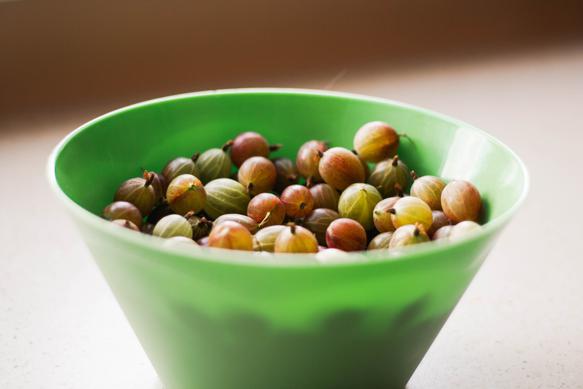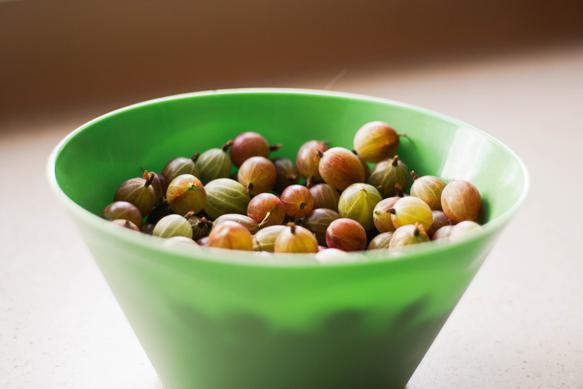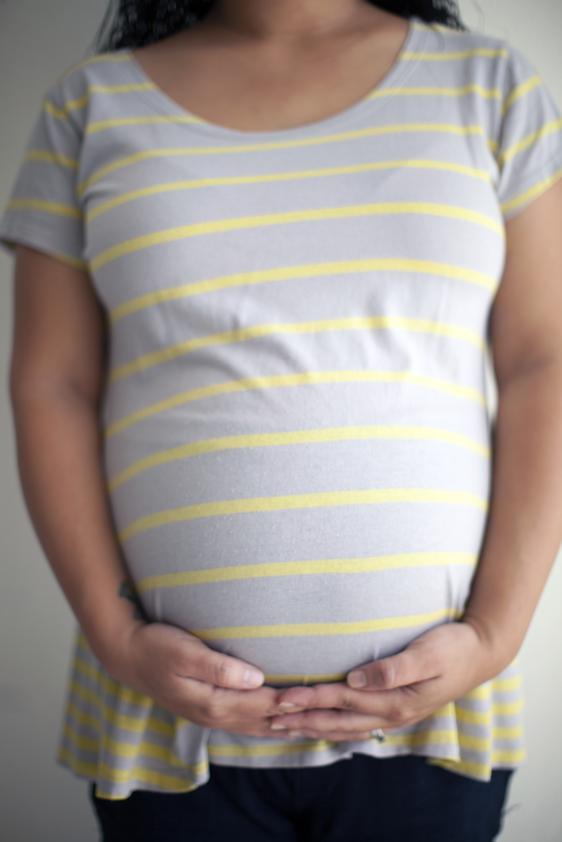How Many Ounces In A Cup Of Coffee
How many ounces in a cup of coffee?
Picture this: you wake up in the morning, bleary-eyed and in need of your daily dose of caffeine. You stumble into the kitchen, reach for your favorite coffee mug, and wonder, “How many ounces are in a cup of coffee, anyway?” You’re not alone in this query. Many coffee enthusiasts and casual drinkers alike have wondered about the exact measurement of a standard cup of coffee.
Well, the answer is not as straightforward as you might think. The volume of a cup of coffee can vary depending on where you are in the world and the specific brewing method you’re using. However, in most cases, a standard cup of coffee is generally considered to be 8 ounces. Let’s explore this topic further and delve into the various measurements and factors that come into play when it comes to enjoying that perfect cup of joe.
The Evolution of Coffee Measurements
Over the years, coffee measurements have evolved, leading to some confusion about the precise size of a cup. It’s important to note that the term “cup” can have different meanings in different contexts. In the United States, a cup is a unit of volume measurement equal to 8 fluid ounces. However, in the realm of coffee, the definition has become more subjective.


In the past, coffee was often measured using a standard coffee cup, which held approximately 6 ounces of liquid. However, as coffee culture expanded and different brewing methods gained popularity, the definitions of a cup of coffee started to vary. For example, espresso, which is a concentrated form of coffee, is typically served in shots that range from 1 to 2 ounces.
The Importance of Coffee-to-Water Ratio
When brewing coffee, the ratio of coffee to water plays a crucial role in achieving the perfect flavor profile. Different brewing methods require different ratios to extract the desired flavors and strength. The Specialty Coffee Association (SCA) recommends a general coffee-to-water ratio of 1:18, meaning 1 part coffee to 18 parts water in weight.
Using this ratio as a guideline, if you were to brew 8 ounces of coffee, you would need approximately 14 grams of coffee grounds. However, it’s important to note that personal preferences can vary, and some individuals may prefer a stronger or weaker cup of coffee. Experimenting with different ratios and adjusting to suit your taste is key to discovering your preferred brewing method.
Factors Affecting Cup Size
While a standard cup of coffee is often considered to be 8 ounces, there are several factors that can affect the final measurement. Here are a few key factors to keep in mind:
Brewing Method
Different brewing methods yield different cup sizes. For example, a classic drip coffee maker typically produces 6-10 cups of coffee, where each cup can measure about 5-6 fluid ounces. On the other hand, a French press may produce slightly less due to the sediment left behind in the brew. Meanwhile, a single-serve pod system, like a Keurig, usually yields a cup of coffee around 6-8 ounces.
It’s important to read the instructions for your specific brewing method and understand the expected cup size to ensure consistent results.
Personal Preference
Individual preferences also play a role in determining the cup size. Some people may opt for smaller cups to savor the flavors and enjoy multiple servings, while others prefer larger mugs for a more substantial serving. The size of your coffee cup will ultimately be influenced by what you find most satisfying.
Frequently Asked Questions
Now that we’ve explored the topic of coffee cup measurements, let’s address some common questions that often arise:
1. Can I use a measuring cup to determine the volume of my coffee?
While a measuring cup can give you an approximate idea of the volume, it’s important to remember that a measuring cup may not be as accurate as a kitchen scale. Coffee beans can vary in size, density, and moisture content, which can affect the volume of coffee grounds used. Investing in a scale can help ensure consistency in your brewing process.
2. How much caffeine is typically in a cup of coffee?
The caffeine content in a cup of coffee can vary depending on factors such as the coffee beans, brewing method, and serving size. On average, a standard 8-ounce cup of coffee contains approximately 95 milligrams of caffeine. However, it’s worth noting that caffeine content can range from about 30 milligrams in a small cup of decaffeinated coffee to over 200 milligrams in a strong cup of espresso.
3. Are there any health benefits to drinking coffee?
Coffee has been studied extensively, and research suggests that moderate coffee consumption may have some health benefits. Some studies have linked coffee consumption to a reduced risk of conditions such as Parkinson’s disease, type 2 diabetes, and certain types of cancer. However, it’s important to remember that individual responses to coffee can vary, and excessive consumption may have adverse effects.
Final Thoughts
In the world of coffee, the measurement of a cup can be a bit elusive. While a traditional cup of coffee may be considered as 8 ounces, the actual size can vary depending on factors such as brewing method, personal preference, and regional differences. Ultimately, the size of your cup of coffee is up to you and what brings you the most enjoyment. So, whether you prefer a petite espresso shot or a heaping mug of joe, savor each sip and enjoy the caffeinated journey.







